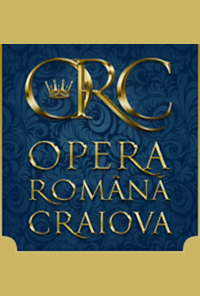Cenușăreasa, Dumitru Capoianu
Jaga
Cenușăreasa by Dumitru Capoianu, T 11 juuni 2024, Alates (2024/2024), Juhatatud Migry Avram Nicolau, Teatrul de Vară, Craiova, Romania
Näitlejate ja meeskonna vaatamine 11 juuni 2024
Tootja
Stage director
Osades
Cinderella
The Good Fairy
Judith
ASAndreea Segărceanu
Edith
LDLaura Dumitrescu
The Minister
The Prince
Valet Chiț - Chiț
Mama
Meeskond
Assistant Stage Director
Set designer
Assistant Set Designer
Choreographer
Assistant choreographer
Ansambel
Ballett või tantsurühm
CRCraiova Romanian Opera Ballet
Lisateave helilooja kohta
Lisateave muusikatöö kohta

